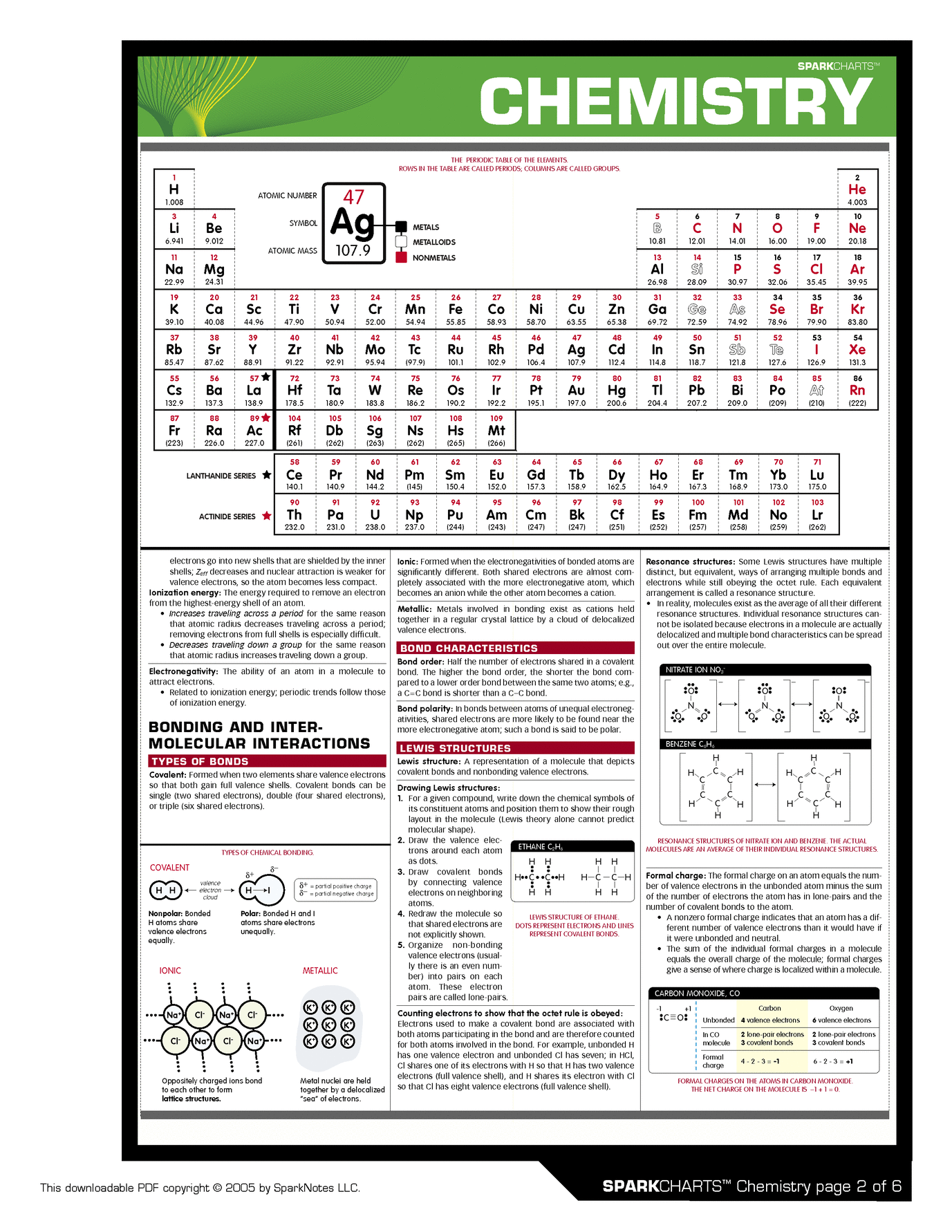Cellular Respiration Process In Order

An accumulation the top Cellular Respiration Process In Order wallpapers and backgrounds designed for download for free. We hope you enjoy our growing collection of HD images to make use of as a background or home screen for the smartphone or computer. Please contact us if you intend to publish a cute wallpaper on our site. Only the best wallpapers. Everyday additions of new, brilliant, HD wallpapers for pc and phones.
Plenty of amazing Cellular Respiration Process In Order backgrounds so that you can get a hold of for free. You can even add as well as talk about your preferred wallpapers. HD wallpapers as well as historical past graphics

Overview of the major steps of Cellular Respiration

krebs cycle Google Search (With images) Biomedical

Cell Processes & Energy Cell processes, Photosynthesis

Cellular respiration process in order
The cellular respiration can be classified into two types, depending upon the availability of oxygen: Aerobic cellular respiration refers to the process by which living organisms convert nutrients into energy for the body to use via the oxidization of nutrients. In the presence of oxygen, glycolysis is the first stage of cellular respiration. Cellular respiration is the process of oxidizing food molecules, like glucose, to carbon dioxide and water. Likewise, “biological machines” also require well engineered parts and good energy source in order to work.perhaps the second most important molecule (dna is the first) is adenosine triphosphate (also known as atp).basically, atp serves as the main energy currency of the cell. Glycolysis, the bridge (transition) reaction, the krebs cycle and the electron transport chain. It includes glycolysis, the tca cycle, and oxidative phosphorylation. Atp is a high energy nucleotide which acts as an instant source of energy within the cell. To create atp and other forms of energy to power cellular reactions, cells require fuel and an electron acceptor which drives the chemical process of turning energy into a useable form. Cellular respiration can be summarized as glucose + oxygen= carbon dioxide + water + atp (energy) cellular respiration in plants. But this is all cellular respiration is. Glycolysis can occur with or without oxygen. Also, photosynthesis occurs only when. The 10 steps of glycolysis are organized by the order in which specific enzymes act upon the system. The total energy yield is 36 to 38 molecules of atp.
Every machine needs specific parts and fuel in order to function. During aerobic respiration, catabolic reactions convert larger complex organic molecules into atp, the chemical that drives most physiological processes in the body.in other words, respiration is the key way that a cell gets chemical. This is because cellular respiration releases the energy in glucose slowly, in many small steps. Glycolysis occurs in the presence of oxygen and is when glucose is broken down. Here are three important steps of cellular respiration. The process of converting molecules into energy through oxidization. The two basic requirements for cellular respiration is glucose and oxygen. We acquire glucose (c 6 h 12 o 6) from the food we eat. In chronological order, the four steps of cellular respiration are glycolysis, a transition reaction, the krebs cycle and an electron transport chain. Extracting those nutrients necessary to keep us going and then converting them into useable energy is the job of our cells.this complex yet efficient metabolic process, called cellular respiration, converts the energy derived from sugars, carbohydrates, fats, and proteins into adenosine triphosphate, or atp, a high. Steps of cellular respiration 1 (glycolysis): Cellular respiration takes place in the cells of animals, plants, and fungi, and also in algae and other protists. Cellular respiration occurs in the cytoplasm and in the mitochondria. Cellular respiration is the process by which biological fuels are oxidised in the presence of an inorganic electron acceptor (such as oxygen) to produce large amounts of energy, to drive the bulk production of atp. It is often called aerobic respiration because the process requires oxygen (the root aer.
This is the opposite of photosynthesis, the biochemical process used by plants and some types of bacteria to convert light energy into chemical energy. Aerobic cellular respiration can be broken down into three main steps: Where are the electron transport chains of cellular respiration located?. Cellular respiration is the process we go through to provide ourselves with energy. It uses the energy that is released. Usually, this process uses oxygen, and is called aerobic respiration.it has four stages known as glycolysis, link reaction, the krebs cycle, and the electron transport chain. The final two steps together comprise aerobic respiration. Cellular respiration takes in food and uses it to create atp, a chemical which the cell uses for energy. Learn more about photosynthesis in this guide. It is the process in which the oxidation of glucose takes place in the absence of. Then, we intake oxygen (o 2) from the air we breathe. The correct order of stages of cellular respiration is. C 6 h 12 o 6 + 6o 2 + 6h 2 o → 12h 2 o + 6 co 2. It's is a very fast process; But there's a huge variation here and people are really still studying this idea.
And the reality is, depending on the efficiency of the cell in performing cellular respiration, it'll probably be more on the order of 29 to 30 atps. Cellular respiration is the process through which cells convert sugars into energy. The respiration can be aerobic, which uses glucose and oxygen, or anaerobic which uses only. Cellular respiration is a metabolic pathway that breaks down glucose and produces atp. The cellular respiration process occurs in eukaryotic cells in a series of four steps: In aerobic cellular respiration, first we have glycolysis, the citric acid cycle, and finally oxidative phosphorylation. I was reading up a little bit before doing this video. Here through a simple process called photosynthesis, plants use sunlight to turn carbon dioxide and water into glucose. Cells need to have atp because it’s the gasoline that powers all living things. The process is similar to burning, although it doesn’t produce light or intense heat as a campfire does. Compare the energy output (in the form of atp) for a single glucose molecule that undergoes glycolysis and fermentation to the of a glucose molecule undergoing cellular respiration. And by laundromat, i mean your body! Cellular respiration is what cells do to break up sugars to get energy they can use. Aerobic respiration requires oxygen (o 2) in order to create atp.although carbohydrates, fats, and proteins are consumed as reactants, aerobic respiration is the preferred method of pyruvate breakdown in glycolysis, and requires pyruvate to the mitochondria in order to be fully oxidized by the citric acid cycle.the products of this process are carbon dioxide and water, and. We all need energy to function, and we get that energy from the foods we eat.
All living things use cellular respiration to turn organic molecules into energy. Cellular respiration in the presence of oxygen is called. Cellular respiration is the process by which living cells break down glucose molecules and release energy. Glycolysis, the citric acid cycle (the kreb's cycle ), and electron transport. But in plants, cellular respiration is slightly different. Cellular respiration is the process by which cells in plants and animals break down sugar and turn it into energy, which is then used to perform work at the. Glycolysis and fermentation make only 2 atp molecules while cellular respiration makes 38 molecules All organisms respire in order to release energy to fuel their living processes. Cellular respiration is the process by which organic compounds (preferably glucose) are broken apart, releasing energy that is used to produce atp molecules. It is the process in which the oxidation of the carbohydrate molecule, glucose, takes place in the presence of oxygen. The term glycolysis means, “spitting glucose” and it is important for cellular respiration. The process occurs in two phases: This essential process happens in the cytosol of the cytoplasm.
Related post:


Pin by Tarannuma Nizami on Biology Physiology, Anatomy

Charts, For dummies and Maps on Pinterest

Pin on Biochemistry

Cell Organelle "help wanted" signs. Good group assessment

Krebs cycle simple and easier to read Biology

Gluconeogenesis Why this is very Important? (Simple Notes

Details of the 10 Steps of Glycolysis Part 2 of 2 Mcat

Photosynthesis Foldable Science Pinterest Photosynthesis

Cell Organelle Review in 2020 Life science, Supportive

Transfer RNA (tRNA) and Protein Synthesis

Glycolysis Cellular respiration Biology (article

Cell Processes & Energy Science for Secondary Grades

REGENESIS OF ERIE ATP The Body's Energy Fisiología

Cell Processes & Energy Interactive science notebook

Dollar Tree Hack Cosmetic Pouch Cosmetic pouch, Dollar

More Summary Sheets Cellular Respiration (With images

How We Work Government Nutrition Programs WhyHunger

Resultado de imagen para etapas de la respiracion celular
That's all about Cellular Respiration Process In Order, This essential process happens in the cytosol of the cytoplasm. The process occurs in two phases: The term glycolysis means, “spitting glucose” and it is important for cellular respiration. It is the process in which the oxidation of the carbohydrate molecule, glucose, takes place in the presence of oxygen. Cellular respiration is the process by which organic compounds (preferably glucose) are broken apart, releasing energy that is used to produce atp molecules. All organisms respire in order to release energy to fuel their living processes.



